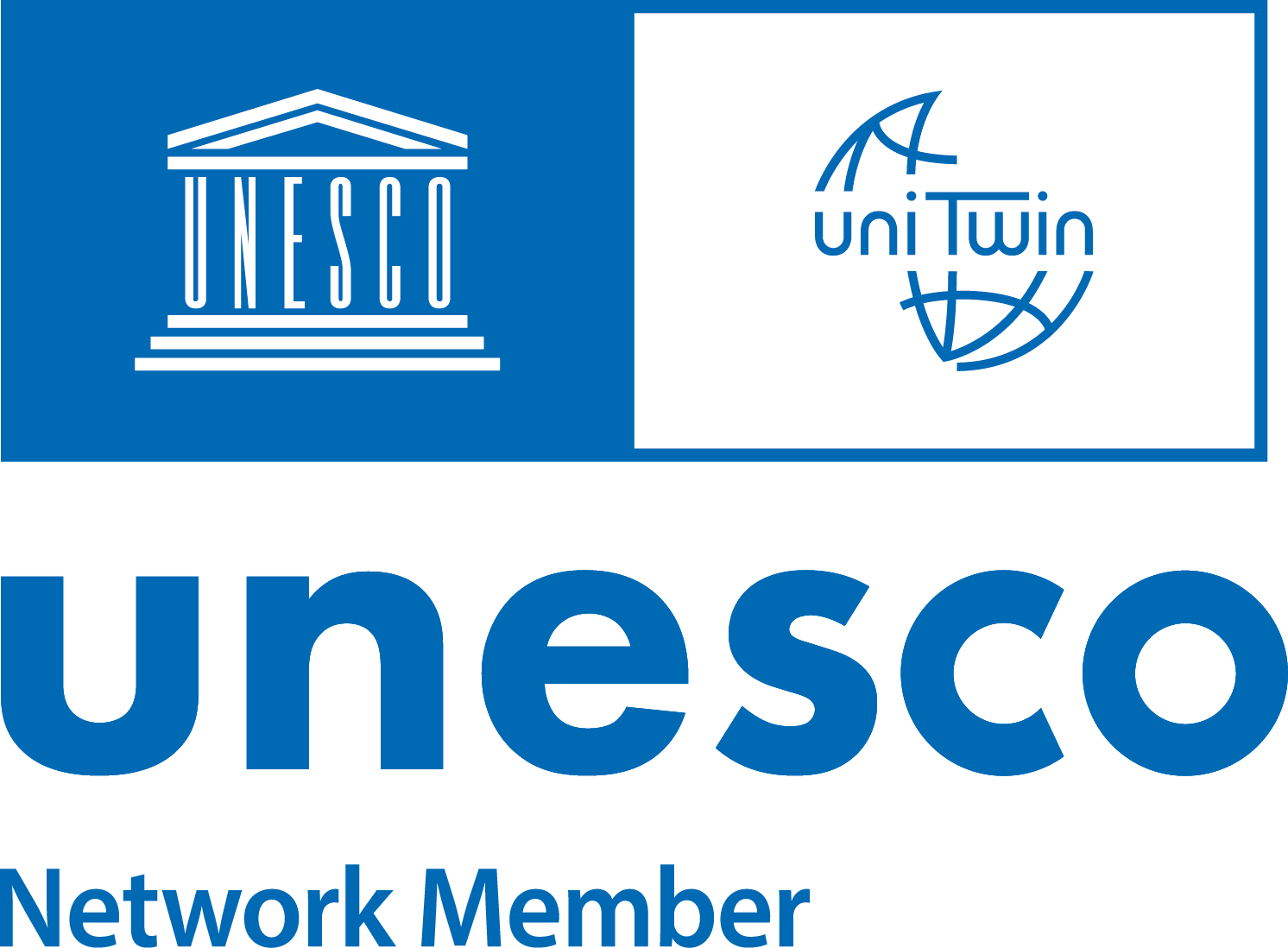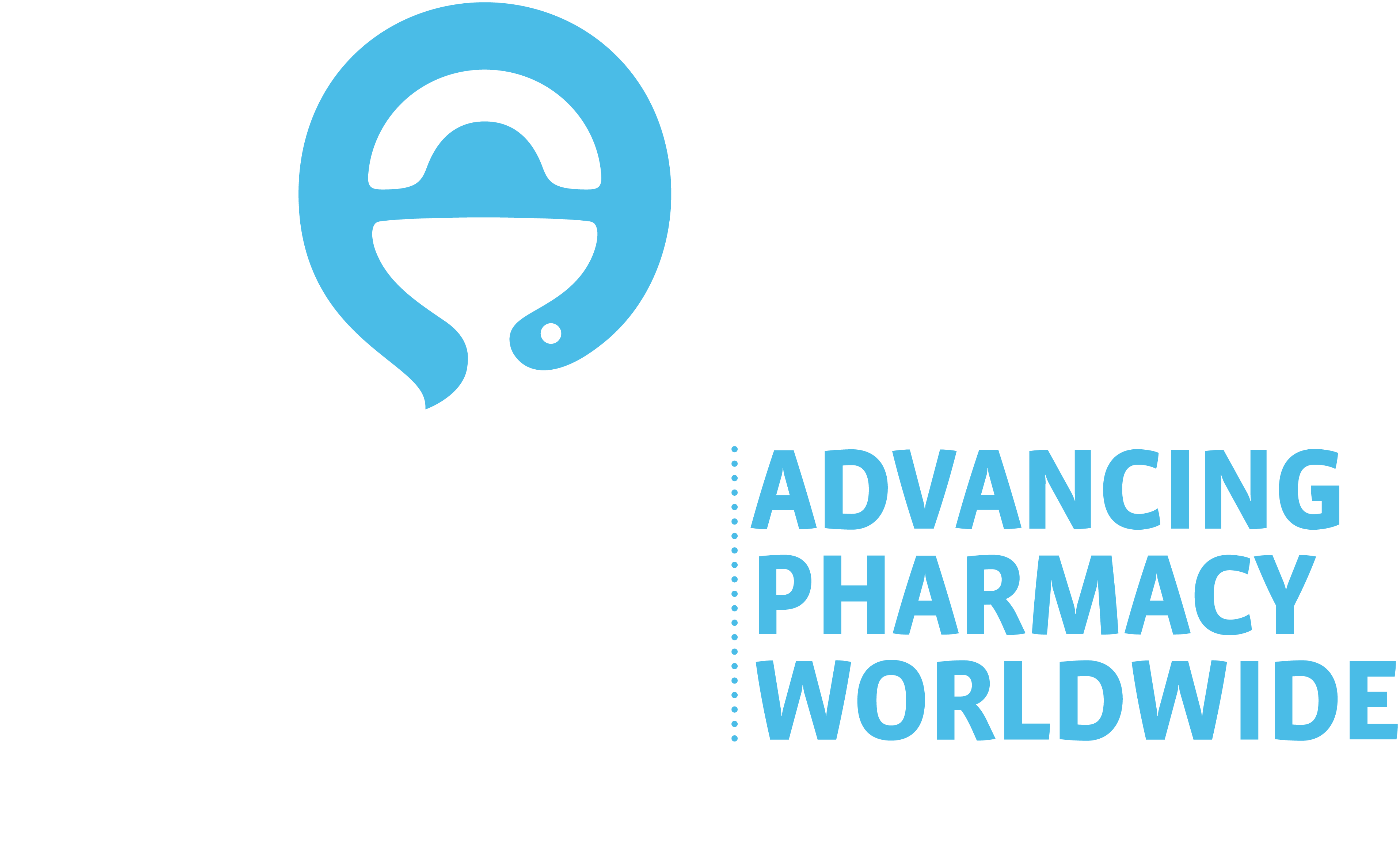Formulation, physicochemical characterisation, and in vitro evaluation of quercetin-alginate microsphere system
DOI:
https://doi.org/10.46542/pe.2024.243.1924Keywords:
Alginate, Microsphere, QuercetinAbstract
Background: Quercetin exhibits various pharmacological properties. Unfortunately, quercetin has problems related to solubility, stability, and bioavailability, so it is necessary to develop an appropriate drug delivery system for quercetin.
Objective: The study aims to develop a quercetin microsphere system and determine the effect of sodium alginate concentration on the physical characteristics and release of quercetin from the microspheres.
Method: Quercetin-alginate microspheres were formed using sodium alginate with concentrations: Formula 1 (F1) 1%; Formula 2 (F2) 1.5%; Formula 3 (F3) 2% combined with 0.5 M CaCl2 using the ionotropic gelation and aerosolisation technique.
Results: The study found that the higher alginate concentration significantly increased microsphere particle size (6.53 – 8.34 µm) and decreased drug loading (11.58% - 6.08%). In addition, too low or high alginate concentrations accelerated the quercetin release. Variations of alginate concentration did not significantly affect the encapsulation efficiency, polydispersity index, and moisture content properties. The kinetic release of the microsphere followed the Higuchi kinetics model with the diffusion-controlled mechanism.
Conclusion: This study successfully developed an alginate microsphere system controlling quercetin release. In addition, variations in sodium alginate concentration affect the particle size, drug loading, and cumulative release of quercetin from the alginate microsphere system.
References
Al-Maamari, J. N. S., Rahmadi, M., Panggono, S. M., Prameswari, D. A., Pratiwi, E. D., Ardianto, C., Balan, S. S., & Suprapti, B. (2021). The effects of quercetin on the expression of SREBP-1c mRNA in high-fat diet-induced NAFLD in mice. Journal of basic and clinical physiology and pharmacology, 32(4), 637–644. https://doi.org/10.1515/jbcpp-2020-0423
Anggreini, P., Ardianto, C., Rahmadi, M., & Khotib, J. (2019). Quercetin attenuates acute predator stress exposure-evoked innate fear and behavioural perturbation. Journal of basic and clinical physiology and pharmacology, 30(6), 22–28. https://doi.org/10.1515/jbcpp-2019-0242
Ardianto, C., Lestari, D., Primadani, L. H., Puspitasari, D. R., Sumartha, I. N. B., Nisak, K., Budiatin, A. S., Shinta, D. W., Andarsari., M. R., Ifadotunnikmah, F., Abdullah, A. D. I., Rahmadi, M., & Khotib, J. (2023). Quercetin Exerts a Protective Effect on Ischemic Stroke-induced Memory Deficits in Mice. Journal of Pharmacology and Pharmacotherapeutics, 14(2), 133–141. https://doi:10.1177/0976500X231189343
Bai, K., Hong, B., He, J., Hong, Z., & Tan, R. (2017). Preparation and antioxidant properties of selenium nanoparticles-loaded chitosan microspheres. International journal of nanomedicine, 12, 4527–4539. https://doi.org/10.2147/IJN.S129958
Cadena-Velandia, Z. G., Montenegro-Alarcon, C. J., Marquinez-Casas X., Mora-Huertas, E. C. (2020). Quercetin-loaded alginate microparticles: A contribution on the particle structure. Journal of Drug Delivery Science and Technology, 56, 101558. https://doi.org/10.1016/j.jddst.2020.101558
Cai, X., Fang, Z., Dou, J., Yu, A., & Zhai, G. (2013). Bioavailability of quercetin: problems and promises. Current medicinal chemistry, 20(20), 2572–2582. https://doi.org/10.2174/09298673113209990120
Cao, P., Wang, Y., Zhang, C., Sullivan, M. A., Chen, W., Jing, X., Yu, H., Li, F., Wang, Q., Zhou, Z., Wang, Q., Tian, W., Qiu, Z., & Luo, L. (2023). Quercetin ameliorates nonalcoholic fatty liver disease (NAFLD) via the promotion of AMPK-mediated hepatic mitophagy. The Journal of nutritional biochemistry, 120, 109414. https://doi.org/10.1016/j.jnutbio.2023.109414
Cosco, D., Failla, P., Costa, N., Pullano, S., Fiorillo, A., Mollace, V., Fresta, M., & Paolino, D. (2016). Rutin-loaded chitosan microspheres: Characterization and evaluation of the anti-inflammatory activity. Carbohydrate polymers, 152, 583–591. https://doi.org/10.1016/j.carbpol.2016.06.039
Dhanya R. (2022). Quercetin for managing type 2 diabetes and its complications, an insight into multitarget therapy. Biomedicine & pharmacotherapy, 146, 112560. https://doi.org/10.1016/j.biopha.2021.112560
Hariyadi, D. M., Hendradi, E., Kusumawati, I., & Azzahra, F. (2017). Histopathology Study of Alginate Microspheres Containing Ovalbumin on Liver and Kidney Following Oral Administration and Evaluation of Uptake by Peyer's Plaque. Turkish journal of pharmaceutical sciences, 14(3), 243–250. https://doi.org/10.4274/tjps.93585
Hariyadi, D. M., Hendradi, E., Pratama, H. E., & Rahmadi, M. (2021). Microspheres as pulmonary delivery systems-A review. Journal of Chinese Pharmaceutical Sciences, 30(7). https://doi.org/10.5246/jcps.2021.07.043
Jain, S. K., Jain, A., Gupta, Y., & Ahirwar, M. (2007). Design and development of hydrogel beads for targeted drug delivery to the colon. AAPS PharmSciTech, 8(3), E56. https://doi.org/10.1208/pt0803056
Liu, D., Wang, P. C., Qi, X. R., Zou, Q., Zou, Y. H., & Hong, H. (2006). Pharmacokinetics of doxorubicin alginate microspheres and evaluation of its hepatic arterial embolization in vivo. Acta pharmaceutica Sinica, 41(8), 778–783. https://pubmed.ncbi.nlm.nih.gov/17039787/
Mandal, S., Kumar, S. S., Krishnamoorthy, B., & Basu, S. K. (2010). Development and evaluation of calcium alginate beads prepared by sequential and simultaneous methods. Brazilian journal of pharmaceutical sciences, 46, 785–793. https://doi.org/10.1590/S1984-82502010000400021
Nidhi, Rashid, M., Kaur, V., Hallan, S. S., Sharma, S., & Mishra, N. (2016). Microparticles as controlled drug delivery carrier for the treatment of ulcerative colitis: A brief review. Saudi pharmaceutical journal, 24(4), 458–472. https://doi.org/10.1016/j.jsps.2014.10.001
Paul D. R. (2011). Elaborations on the Higuchi model for drug delivery. International journal of pharmaceutics, 418(1), 13–17. https://doi.org/10.1016/j.ijpharm.2010.10.037
Raval, N., Maheshwari, R., Kalyane, D., Youngren-Ortiz, S. R., Chougule, M. B., & Tekade, R. K. (2019). Chapter 10-Importance of physicochemical characterization of nanoparticles in pharmaceutical product development. In R. K. Tekade (Eds.), Basic fundamentals of drug delivery (pp. 369–400). Academic Press. https://doi.org/10.1016/B978-0-12-817909-3.00010-8
Rohilla, R., Garg, T., Goyal, A. K., & Rath, G. (2016). Herbal and polymeric approaches for liver-targeting drug delivery: novel strategies and their significance. Drug delivery, 23(5), 1645–1661. https://doi.org/10.3109/10717544.2014.945018
Shan, L., Tao, E. X., Meng, Q. H., Hou, W. X., Liu, K., Shang, H. C., Tang, J. B., & Zhang, W. F. (2016). Formulation, optimization, and pharmacodynamic evaluation of chitosan/phospholipid/β-cyclodextrin microspheres. Drug design, development and therapy, 10, 417–429. https://doi.org/10.2147/DDDT.S97982
Wang, G., Wang, Y., Yao, L., Gu, W., Zhao, S., Shen, Z., Lin, Z., Liu, W., & Yan, T. (2022). Pharmacological Activity of Quercetin: An Updated Review. Evidence-based complementary and alternative medicine, 2022, 3997190. https://doi.org/10.1155/2022/3997190
Wang, W., Sun, C., Mao, L., Ma, P., Liu, F., Yang, J., & Gao, Y. (2016). The biological activities, chemical stability, metabolism and delivery systems of quercetin: A review. Trends in Food Science & Technology, 56, 21–38. https://doi.org/10.1016/j.tifs.2016.07.004
Yang, H., Yang, T., Heng, C., Zhou, Y., Jiang, Z., Qian, X., Du, L., Mao, S., Yin, X., & Lu, Q. (2019). Quercetin improves nonalcoholic fatty liver by ameliorating inflammation, oxidative stress, and lipid metabolism in db/db mice. Phytotherapy research, 33(12), 3140–3152. https://doi.org/10.1002/ptr.6486
Yawalkar, A. N., Pawar, M. A., & Vavia, P. R. (2022). Microspheres for targeted drug delivery-A review on recent applications. Journal of Drug Delivery Science and Technology, 75, 103659. https://doi.org/10.1016/j.jddst.2022.103659
Zhang, Z., Hu, Y., Ji, H., Lin, Q., Li, X., Sang, S., Julian McClements, D., Chen, L., Long, J., Jiao, A., Xu, X., Jin, Z., & Qiu, C. (2023). Physicochemical stability, antioxidant activity, and antimicrobial activity of quercetin-loaded zein nanoparticles coated with dextrin-modified anionic polysaccharides. Food chemistry, 415, 135736. https://doi.org/10.1016/j.foodchem.2023.135736
Zu, G., Sun, K., Li, L., Zu, X., Han, T., & Huang, H. (2021). Mechanism of quercetin therapeutic targets for Alzheimer disease and type 2 diabetes mellitus. Scientific reports, 11(1), 22959. https://doi.org/10.1038/s41598-021-02248-5



